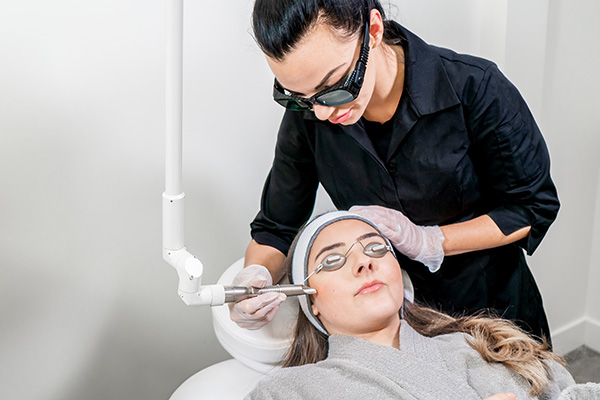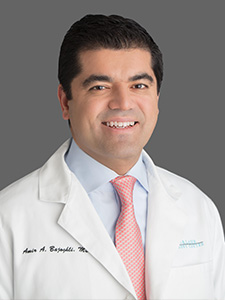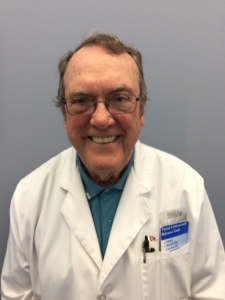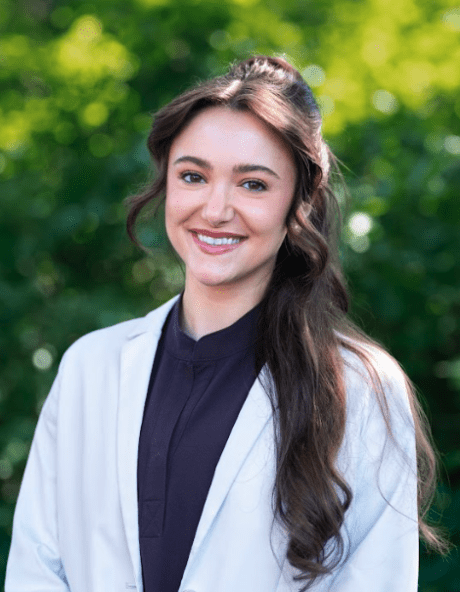Q-switched Nd:YAG Laser
The Q-switched Nd:YAG laser is used to remove unwanted brown spots, birthmarks, hyperpigmentation, sun freckles, or tattoos from your skin. The laser is designed to target various types of pigment in the skin very precisely, while preserving the normal tissue around it. During your cosmetic consultation, your board-certified dermatologists or dermatology providers will decide on the best treatment for your specific condition and goals, so call today to book an appointment.
Frequently Asked Questions
This laser energy pulse, which is in billionths of a second, targets specific pigmentation in the skin. Using powerful, very precise bursts of energy, the laser breaks up the pigment into smaller particles. These residual particles are then absorbed by the body and either naturally recycled or expelled.
The Q-switched Nd:YAG laser may be recommended for large or small areas depending on the pigmentation of the area and the individual factors relating to each patient. The Q-switched Nd:YAG laser is also appropriate for some laser tattoo removal cases. It can provide dramatic lightening of most tattoo colors but tends to be most effective on darker inks, including reds, browns, and black.
The Q-switched Nd:YAG laser is generally safe, effective, and efficient and usually with minimum down-time.
Depending on the treatment, patients may need one or several sessions to achieve optimal results. For example, treatment of hyperpigmentation, such as in dark spots or birthmarks, may need fewer sessions than tattoo removal. The number of treatments is variable and will depend on the specific issues that are being addressed, taking into consideration size, color, and personal factors specific to each individual. During your cosmetic consultation, your provider will estimate the number of treatment sessions you may need.
Patients first have a cosmetic consultation in order to determine the best treatment method for their concerns. If the Q-switched Nd:YAG laser is recommended for you, your provider will numb the area with a topical cream or local anesthetic to minimize discomfort. The laser will then be guided across the treatment area and deliver the energy that breaks down the pigment, helping your skin return to its original state. Cold air can be delivered to minimize any discomfort. Most patients experience very little discomfort and your provider will work with you to address any concerns.
After the procedure, there may be some swelling and redness in the treated area. There is also a potential for some very mild bleeding at the treatment site that your provider will address should it occur. Some scabbing or crusting and bruising at the treatment site can also occur but is usually temporary and resolves within a few days to weeks of the treatment. Infections and scars are very rare and close follow-up will ensure patients have any further treatments if needed. Patients should keep Aquaphor or Vaseline on the treated areas and limit sun-exposure for at least two weeks after the procedure. If there is any residual pain, patients are encouraged to take Extra Strength Tylenol as directed and apply ice to the treated area as needed to minimize swelling. Patients can expect to have the after-care discussed with them before leaving the office.
Our Providers
Dedicated Team
Skin & Laser Dermatology Center treats patients for all skin care concerns, including skin cancer surgery, cosmetic dermatology, sclerotherapy, laser peels, laser hair removal, hyperhidrosis, rosacea, and acne treatments.







